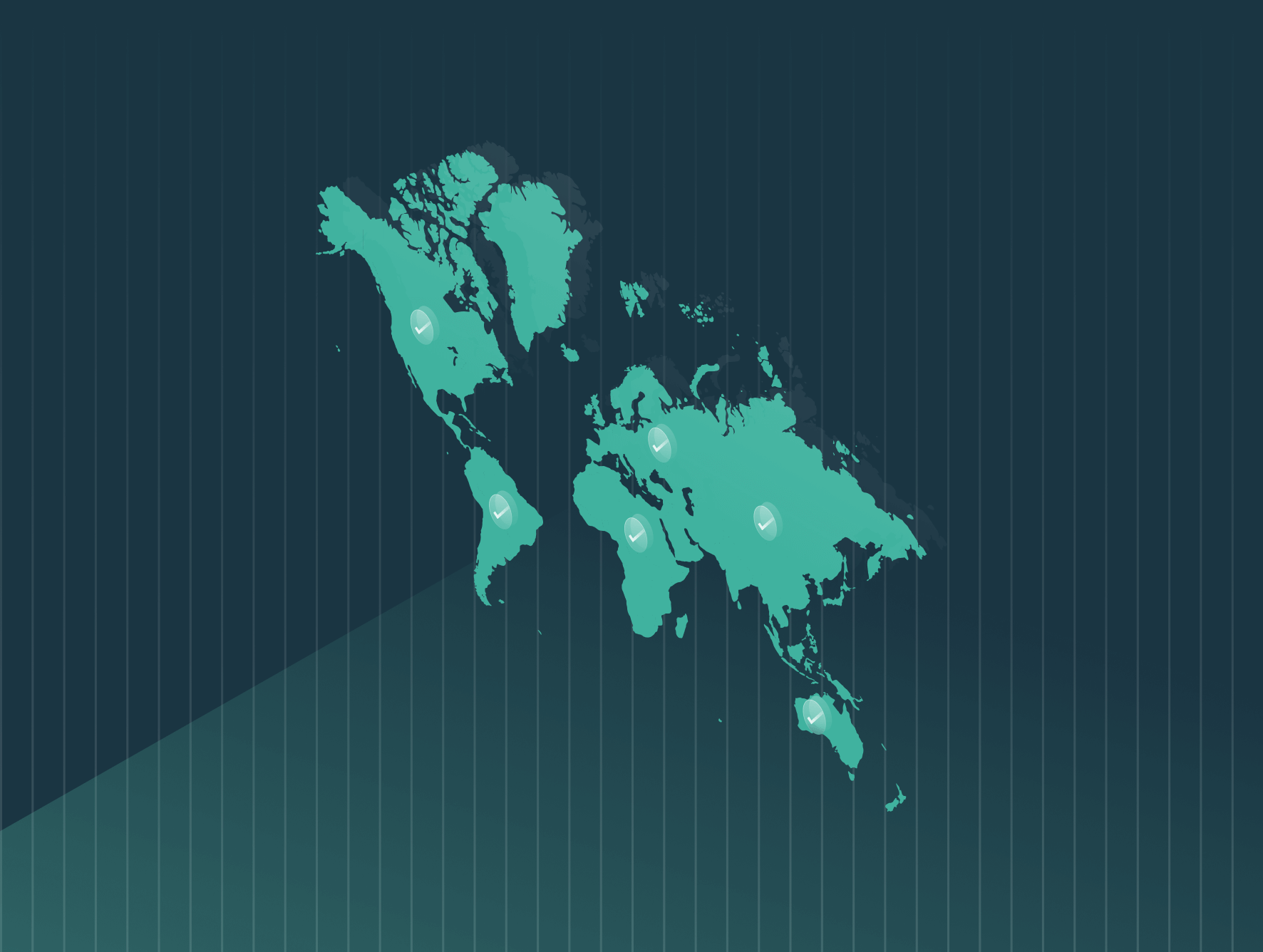In response to the EU Pay Transparency Directive, which requires employers operating in European Union member states to report on pay data, Trusaic will be evaluating the state of each country in the EU’s current gender pay gaps and the path toward compliance.
The impetus for the EU Pay Transparency Directive was to address the 12.7% gender pay gap in the European Union. However, certain countries in the EU, such as Spain, were much further along in closing the gap.
Spain’s pay gap currently hovers around 9% and the nation has made significant progress in recent years thanks to more stringent pay data reporting laws.
Thus, employers in Spain will have an easier time than many of their EU counterparts in adapting to the EU Directive’s requirements. However, there will be some additional requirements imposed upon them as the law, which must be in effect by June 2026, progresses.
Quick Action Items for Spanish Employers
Spain’s comprehensive pay data reporting requirements will help streamline the efforts of employers in complying with the EU Directive. However, employers will still need to take measures to address the following:
- Providing sufficient salary range information to job candidates.
- Not asking job candidates about their salary history.
- Yearly pay gap reporting and acting when it exceeds 5%.
- Accounting for intersectional discrimination in pay practices and considering needs of workers with disabilities.
As we’ve previously noted, the EU Directive deliberately uses the wider term of “worker” versus “employee” to account for contractors.
Spanish employers should proactively evaluate their current pay practices and overall compensation philosophy. Employers can lean on pay equity software solutions to expedite this process and determine root causes of potential pay disparities.
In effect, by 2026, all large employers (250+ employees) must report gender pay gaps. By 2031, all smaller employers (100 or more employees) will have to comply.
Spanish employers are ideally situated for this transition, as current Spanish law has similar requirements for employers with 50 or more employees.
Spanish Employers’ Current Requirements
EU countries have until June 2026 to adopt the EU Pay Transparency Directive into law, which primarily introduces gender pay gap reporting measures.
Many Spanish employers are already required to comply with stringent pay equity laws. In 2020, the Spanish government introduced two complementary Royal Decrees aimed at addressing gender equality. Decree 901/2020 regulates gender equality plans, and Decree 902/2020 targets pay discrimination based on gender. Both decrees seek to ensure equal treatment of, and opportunities for, employees.
Every Spanish company, regardless of size, must maintain a salary register, categorized by profession and gender. Employers with 50 or more employees must also create a job evaluation system, carry out a remuneration audit, and create an equality plan. Gender pay gaps of 25% or more must be justified.
The Royal Decrees came into force on Jan. 14, 2021, and April 14, 2021, respectively. Royal Decree 902/2020 established four key components for pay transparency:
- Remuneration register: Every company is required to prepare a register, including aggregated and disaggregated pay data:
- Job evaluation system: Job evaluations are intended to establish equal pay for work of equal value and are used in the remuneration audit and the remuneration register. Employers must ensure job classifications do not contribute to discrimination. Job evaluations are obligatory for companies with 50 or more employees.
- Remuneration audit: The remuneration audit’s purpose is to obtain the necessary info to verify whether the company’s remuneration system complies with the effective application of the principle of equal pay for work of equal value, and identify any adjusted pay gaps.
- Equality plan: Employers with 50 or more workers, or if the company is required to do so per a collective bargaining agreement, or due to ancillary sanctions, must create and publicly register an equality plan. An equality plan is a set of specific measures to ensure equal treatment of and equal opportunities for men and women. It must incorporate, among other measures, the results of the company’s remuneration audit.
Sanctions for non-compliance are punitive and among the highest in Europe. Breaches of equal treatment, including discriminatory pay between men and women, are considered a “very serious infringement”. If employer conduct constitutes a “serious” or “very serious infringement” potential financial penalties range from €626 to €187,515 (approximately US $683 – $204,679).
Additional sanctions may apply, including the loss of public benefits and bonuses for anywhere from six months to two years.
The Public Sector Contracts Law (Ley de Contratos del Sector Público) prohibits organizations from contracting with companies that fail to prepare an Equality Plan when required.
Complying with the EU Directive
The EU Pay Transparency Directive was approved in 2023, establishing a clear framework for EU member states to apply the principle of equal pay for equal work or work of equal value.
EU member states have three years from June 7, 2023 to transpose the directive into law. Likely implementation dates are 2026, however, some countries may enact legislation earlier. All 27 member states are required to adopt the directive.
Employers operating in EU member states can take several preliminary steps to ensure compliance with the upcoming legislation. The EU Directive includes a requirement for a Joint Pay Assessment where pay gaps are higher than 5%, compared to Spain’s existing legislation which requires companies to act only if the pay gap is 25% or higher.
Spanish employers should reevaluate recruitment processes to comply with salary range and salary history ban requirements. One way to achieve this is to create equitable, explainable, and competitive salary ranges. For example, is the base salary competitive and commensurate with employee skills?
Other items include:
- Pay explainability. Prepare to explain how you differentiate and define performance in setting base salaries. Pay transparency legislation means workers must be given access to criteria used to define salary and pay raises.
- Analyze pay gaps. Identify the causes where pay disparities exceed 5%. If there is no objective justification, we recommend addressing any anomalies to remove those unexplained gaps.
- Intersectional pay equity audit. Intersectionality is essential to close the gender pay gap. It recognizes that individuals can experience discrimination and inequality based on the intersection of multiple identities, such as race, gender, disabilities, age, and more. As noted above, intersectional discrimination is defined in the EU Transparency Directive.
Trusaic is GDPR compliant and can assist any organization in any EU state in meeting its obligations under both the EU Corporate Sustainability Reporting Directive and the EU Pay Transparency Directive.








